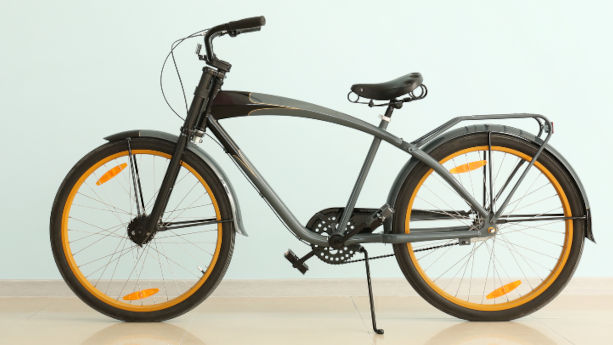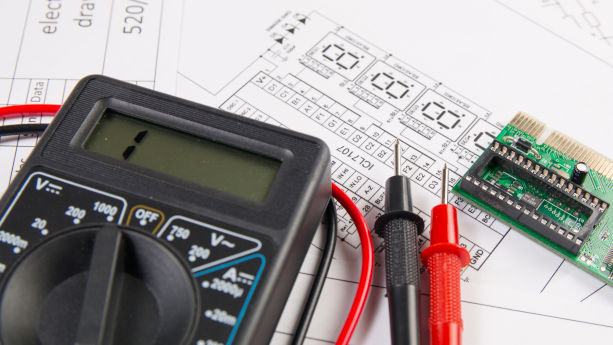
Prefabricated houses, or prefab homes, refer to construction products that are constructed off-site and transported to the building site to be completely assembled. In this guide, we present what importers and manufacturers must know about regulations and safety standards relevant to the prefab housing market in the European Union.
Construction products that are commonly referred to as “prefabricated” include:
- Kit homes
- Modular shipping container homes
- Prefabricated panels
- Mobile homes
This guide does not cover electrical appliances (like fridges, or air conditioners). However, we include information about electrical installations (such as electrical wiring).
Continue reading Prefab House Regulations & Safety Standards in the European Union
























